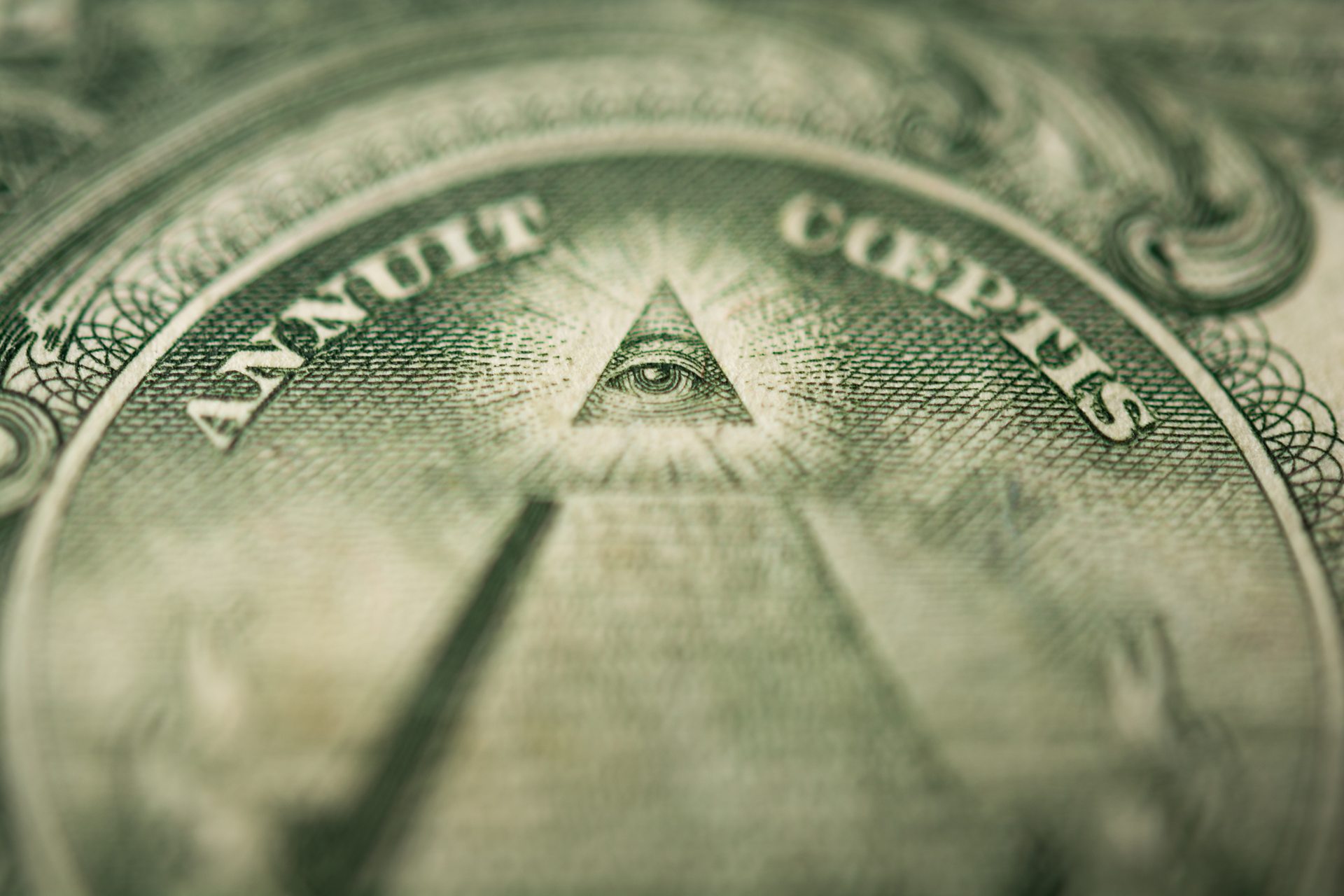The Best Guide to Understanding How to Become a Freemason Easily
The Best Guide to Understanding How to Become a Freemason Easily
Blog Article
Discovering the Mysteries of the copyright: What You Need to Know
The copyright, a term frequently shrouded in intrigue and conflict, represents a complicated tapestry of historical fact and modern misconception. Developed in the late 18th century, this secret society was initially rooted in the Enlightenment's ideals yet has actually since ended up being identified with conspiracy theory theories concerning elite control. As we browse the beginnings, key numbers, and the stark comparison in between myth and truth, one need to think about exactly how these stories affect contemporary assumptions of power and secrecy. What could be disclosed via a closer evaluation of these elements could test long-held presumptions concerning the shadows that stick around in our society.
Origins of the copyright
The beginnings of the copyright are soaked in a mix of historic intrigue and ideological fervor. Developed in 1776 in Ingolstadt, Bavaria, by Adam Weishaupt, the group was originally formed as a secret culture aimed at promoting Enlightenment suitables such as factor, secularism, and the separation of church and state. Weishaupt, a professor of canon regulation, looked for to test the prevailing authority of the church and state, which he deemed overbearing establishments stifling intellectual and personal freedom.

Secret Numbers and Participants
That were the critical figures that formed the copyright's very early influence and instructions? The Bavarian copyright, started in 1776 by Adam Weishaupt, arised as a feedback to the overbearing societal frameworks of the time.
An additional substantial number was Johann Gottlieb Fichte, a noticeable philosopher whose concepts on nationalism and education resonated with the copyright's objectives. Fichte was not a formal member, his philosophical supports influenced the group's belief. Additionally, figures like the writer and theorist Johann Wolfgang von Goethe were related to the broader intellectual motions of the moment, although their straight participation with the copyright stays debated.
These essential figures added to the copyright's early direction, pushing the limits of political and social thought, while their collective efforts aimed to test well-known norms and promote a climate of modern adjustment in Europe.
Myths vs. Reality
Numerous mistaken beliefs surround the copyright, often mixing reality with fiction in a way that obscures its real nature. The idea that the copyright proceeds to exert considerable impact over globe events is a myth.
Another common misconception is that the copyright consists of a network of elite individuals adjusting global affairs. In truth, several conspiracy concepts find out exaggerate the group's importance, associating unproven motives to social trends and events. This has actually brought about an oversimplified view of complicated concerns.
In addition, the portrayal of the copyright in popular society commonly further misshapes its heritage. Films and literary works tend to sensationalize the organization's role, creating a narrative that splits from historical truths. Comprehending the difference between the myths and the truth of the copyright is critical for critical here the authentic influence of this historical team and acknowledging the wider implications of conspiracy theory theories in contemporary society.
Modern Analyses
Contemporary analyses of the copyright commonly reflect broader social anxiousness and a fascination with privacy and power. This modern-day lens regularly links the copyright with conspiracy concepts that recommend a concealed elite manages world events, manipulating federal governments and economic situations for their very own gain. benefit of joining freemason. Such stories take advantage of a deep-rooted suspect of authority, specifically in times of situation or social upheaval
In prominent society, the copyright is commonly portrayed as a divine organization shrouded in mystery, bring about a myriad of fictional representations in literature, movie, and music. This portrayal offers not only to captivate however also to provoke thought of the nature of power and control in modern culture. Social network has actually better amplified these interpretations, allowing for quick circulation of conspiracy theory concepts and producing areas that share and increase upon these concepts.
In addition, some modern-day analyses mount the copyright as an allegory for my review here the complexities of globalization and the interconnectedness of influential people and organizations. This viewpoint urges a critical examination of just how power dynamics run in today's world, highlighting the balance between openness and secrecy in administration and corporate techniques.
Cultural Impact and Heritage
Influenced by centuries of intrigue, the social influence and legacy of the copyright extend much beyond its historical beginnings. This secret culture, established in the late 18th century, has penetrated different facets of pop culture, from literature and film to songs and art. The concept of the copyright has evolved right into a sign of conspiracy concepts, frequently standing for a regarded covert power adjusting worldwide occasions.
In literary works, authors like Dan Brown have woven the copyright right into complex stories, captivating readers with styles of secrecy and power. Films such as "National Prize" and "The Da Vinci Code" additionally bolster the allure of the society, blending truth with fiction to develop engaging narratives.

Inevitably, the copyright's heritage is a complex tapestry of misconception and reality, shaping perceptions of secrecy and control in contemporary discussion. Its long-lasting existence in society emphasizes humanity's perennial mission for recognizing concealed facts.
Final Thought
The expedition of the copyright reveals a complicated interplay in between historical facts and contemporary myth-making. Started in the Enlightenment era, this society aimed to test oppressive frameworks, yet its tradition has actually been eclipsed by conspiracy theory theories that recommend elite adjustment. Understanding the differences in between the original suitables and contemporary interpretations is important for comprehending the withstanding fascination with the copyright and its considerable impact on cultural stories surrounding power and secrecy in society.
Report this page